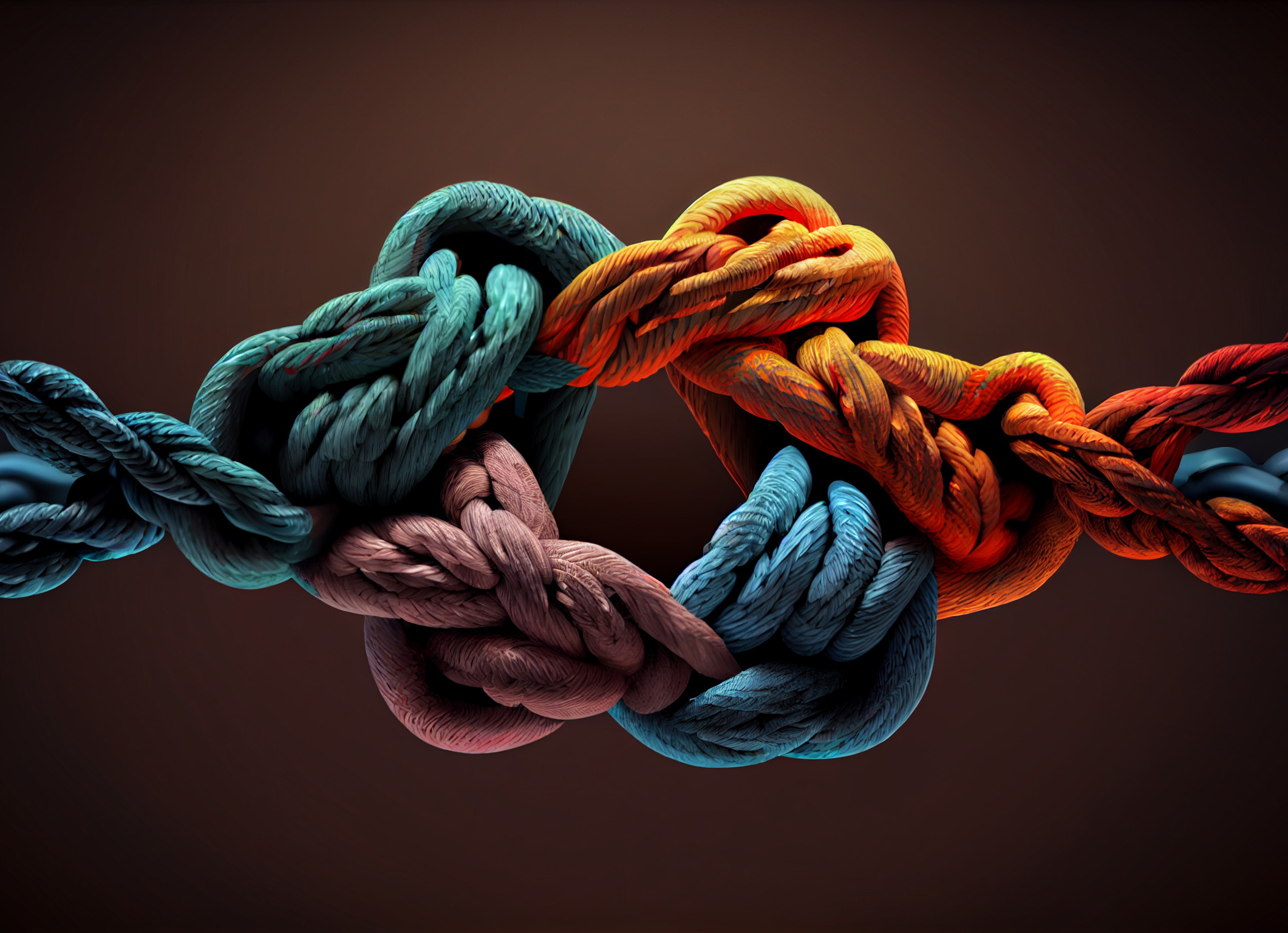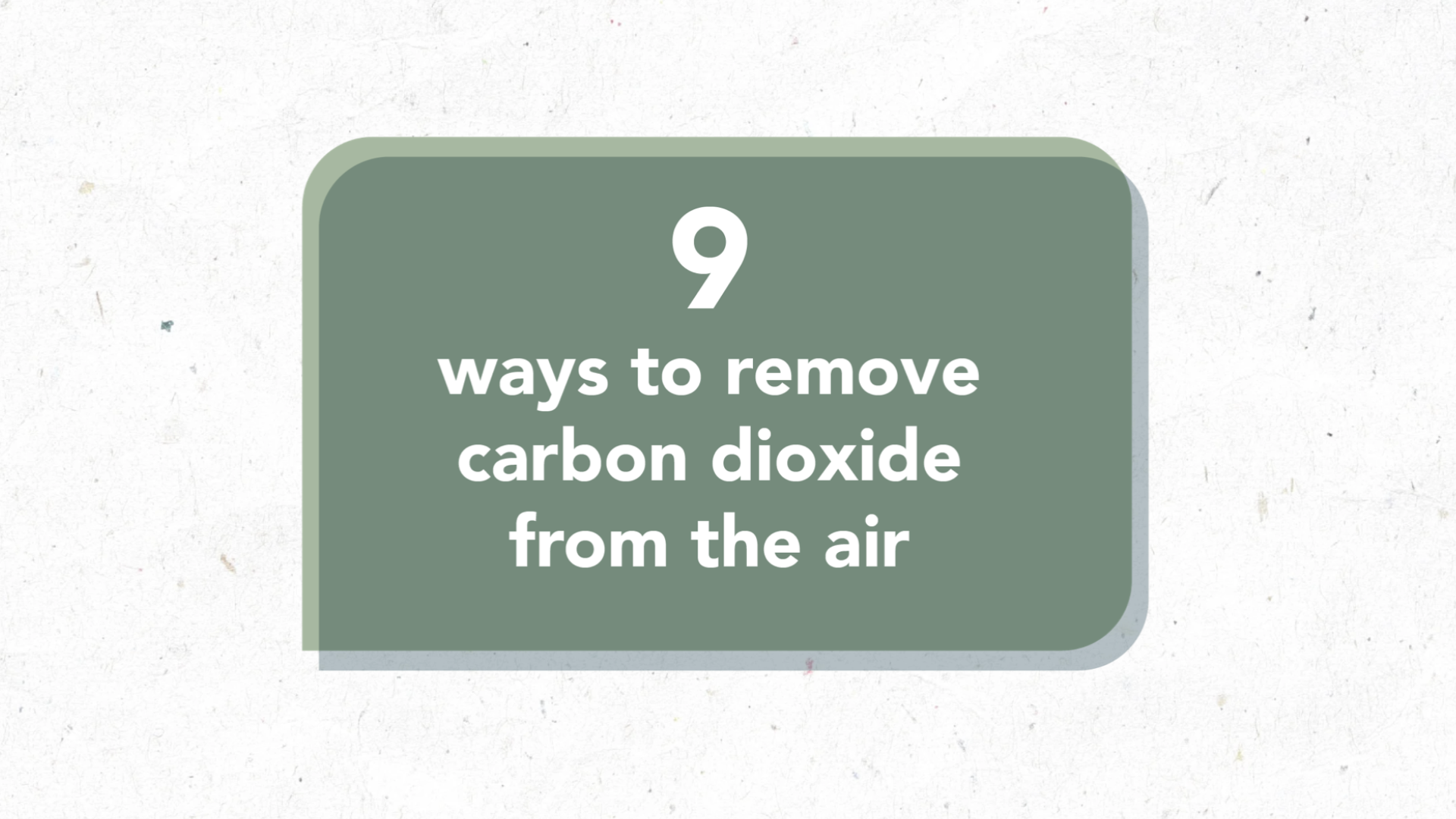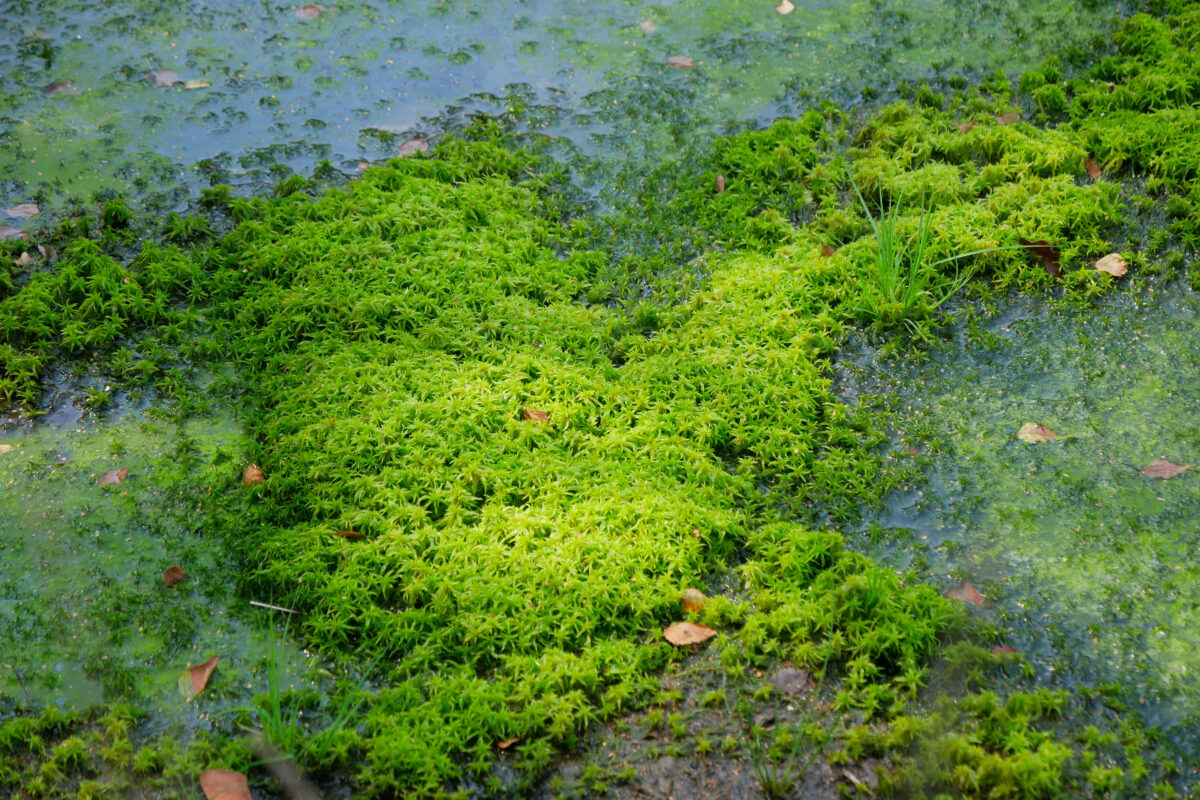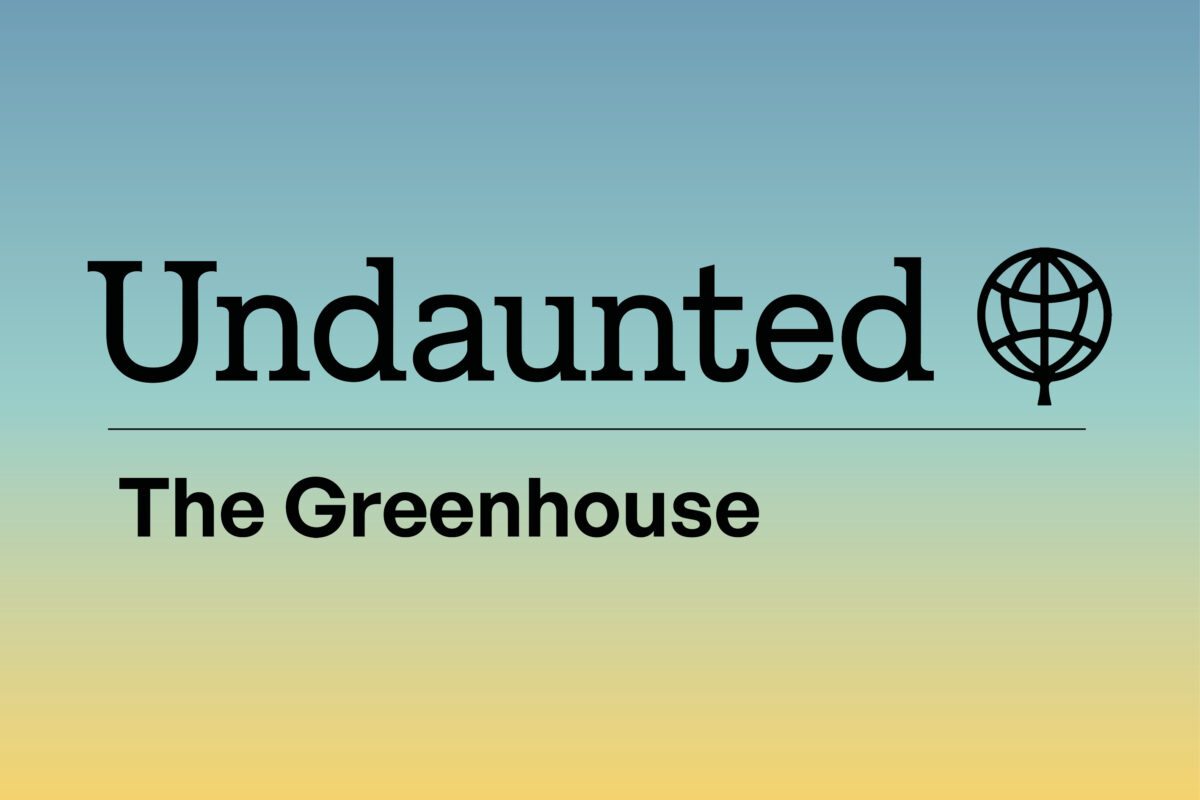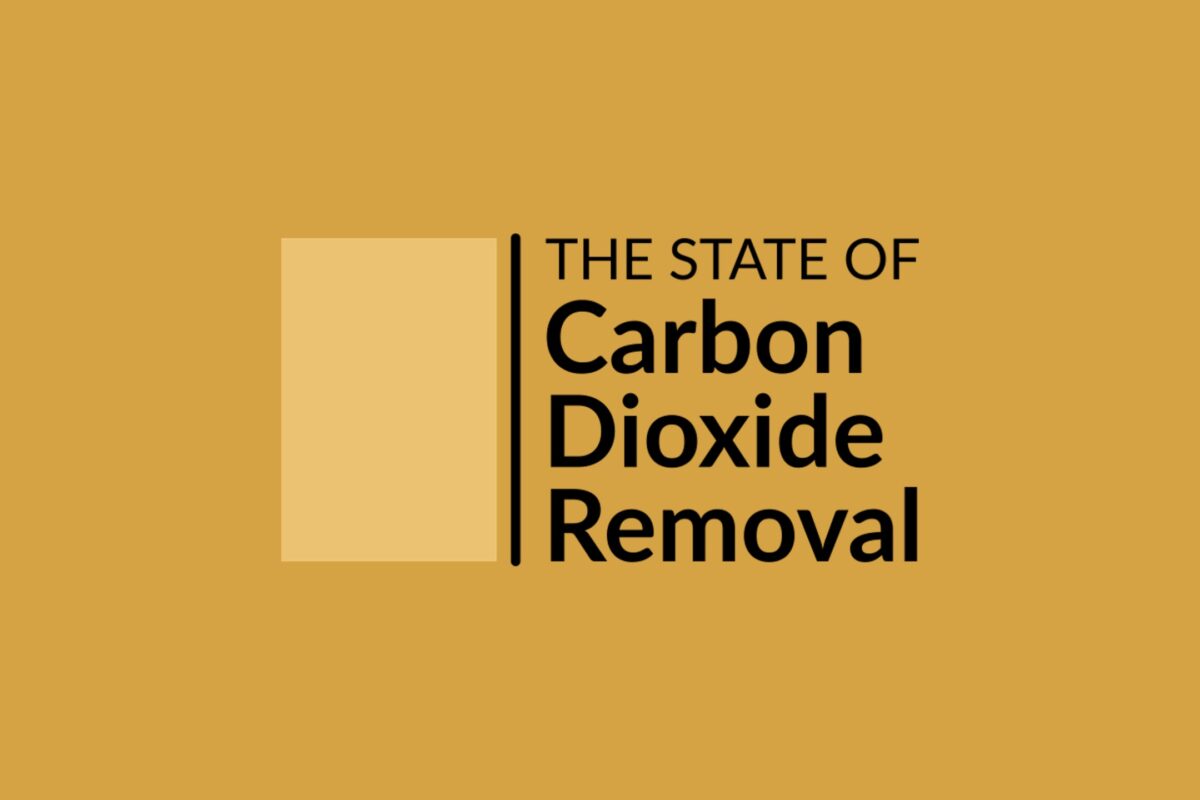NOW CLOSED. CO2RE’s Pathfinders competition call 3 is seeking to fund around four projects to research enhancing durability of storage or realising GGR synergies. Projects will last up to one year, and funding is available at £60,000 each. Full information is found in the Guidelines for Applicants document – please read this carefully before applying. This call closes at midday on 26 March 2024.
Proposals should be focussed on early-stage research to inform basic principles and technological conceptualisation (for example, technology readiness levels 0-2), and projects should adhere to one of the following topics.
Topic 1: Ways to enhance the durability of greenhouse gas storage, after its removal from the atmosphere
Successful GGR requires that we both remove, but also permanently store significant amounts of CO2 in perpetuity, isolating it from the atmosphere in environmentally safe ways. Whilst the number of techniques, and their potential to remove CO2 at scale in economically, environmentally and socially viable ways has grown, progress toward the necessary sequestration capacity has been slower. It is hoped that projects funded under this competition may help accelerate progress toward the delivery of large-scale durable storage solutions.
To ensure clarity regarding the scope of this invitation for proposals, applications are invited that focus on research and innovation that may, in due course deliver safe and durable storage for at least 1,000 years.
It is noted that this 1,000-year timeframe will create important challenges for nature-based approaches to GGR in some circumstances. For example, afforestation management over such long timeframes may be difficult to guarantee given the future trade-offs that may be necessary. Further, it was noted that timber storage in buildings is likely to have a limited potential. One focus for applications could, therefore be, to explore how timber or timber products could be used or adapted to deliver durable storage.
Other topics that applicants may wish to consider addressing include, but are not limited to:
- exploring new storage medium in the marine or terrestrial domain;
- proof of concept testing of new materials for storage, for example, coatings, films, absorbents or zeolites;
- developing catalysts to improve durability;
- approaches to durably storing biomass derived from Nature Based approaches to GGR; and,
- developing modelling techniques to better understand durability potential in diverse situations.
In addition to these topics, applicants are strongly encouraged to submit applications for any other ‘enhancing durability’ Pathfinder suitable project.
Applicants are reminded that their proposals should be presented with the potential environmental, economic and social costs and benefits in mind and how these could be managed should be addressed in applications. Applications should also demonstrate how the project would make progress on enhancing durability of storage.
Topic 2: Approaches which may have some potential to realise beneficial synergies between more than one GGR approach, or other activities
Applicants are also invited to submit proposals with a focus on realising synergies and collateral benefits. Applications seeking to address this topic should focus on synergies that create efficiencies, enhance GGR capacity (including both removals and/or storage) or create collateral benefits. Collateral benefits could include but are not limited to new materials, products or services, the more efficient use of resources or other economic, social or environmental benefits, above and beyond the benefits of delivering GGR.
Some examples of the types of synergies that projects might explore include:
- combining more than one GGR technique to realise efficiencies;
- efficiencies from combining infrastructure such as energy or water systems with GGR;
- working alongside industrial activities in mutually beneficial ways;
- using biochar or other resources to create carbon negative build materials or other materials which may also have other enhanced properties;
- using emerging technologies or materials to improve GGR efficiency, for example, AI; and,
- developing chemical kinetics using photobiology, or photochemistry to accelerate enhanced rock weathering rates.
It is important to note that applicants are not required to address these areas alone and we encourage applications for any other projects focusing on realising synergies.
As with the Enhancing Durability theme, applicants are reminded that their proposals should be presented with the potential environmental, economic and social costs and benefits in mind and how these could be managed should be addressed in applications. Applications should also demonstrate how the project would make progress on realising synergies and collateral benefits.
How do I apply?
- Read the Guidelines for Applicants for full details of the call
- Fill out an Application Form and send it to Pathfinder.applications@imperial.ac.uk
This call closes at midday on 26 March 2024. We are unable to accept late applications.
